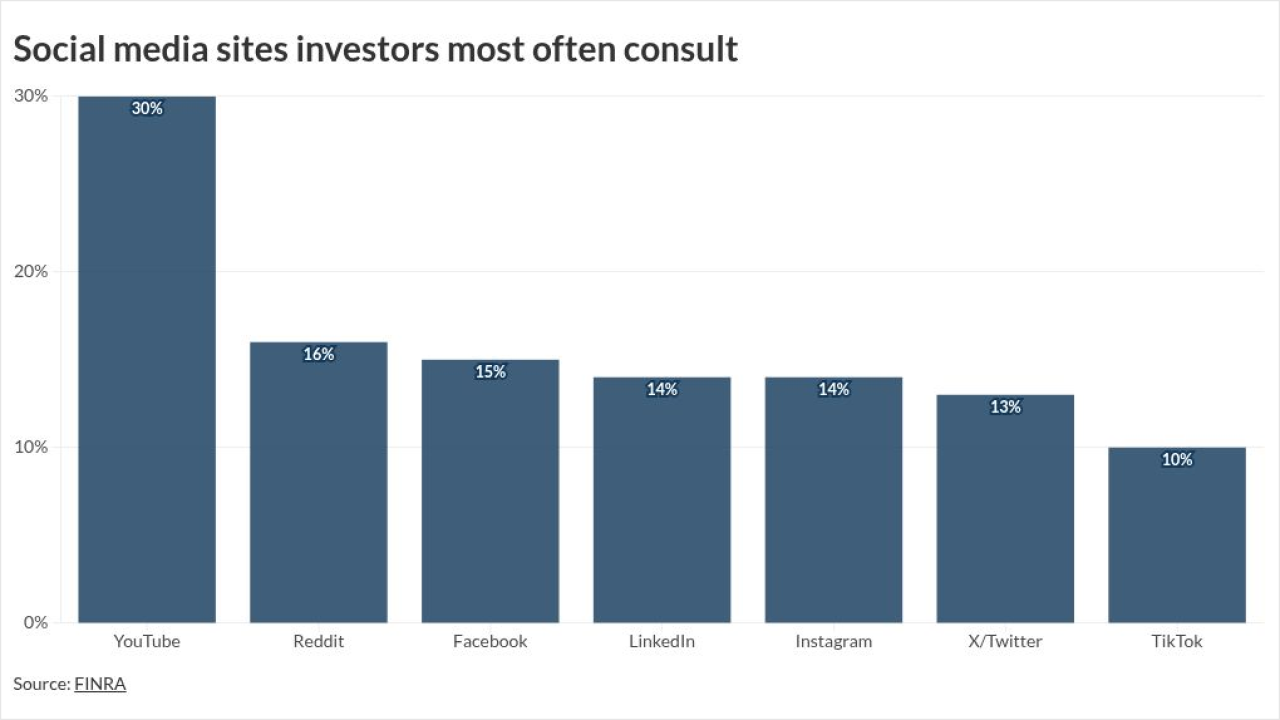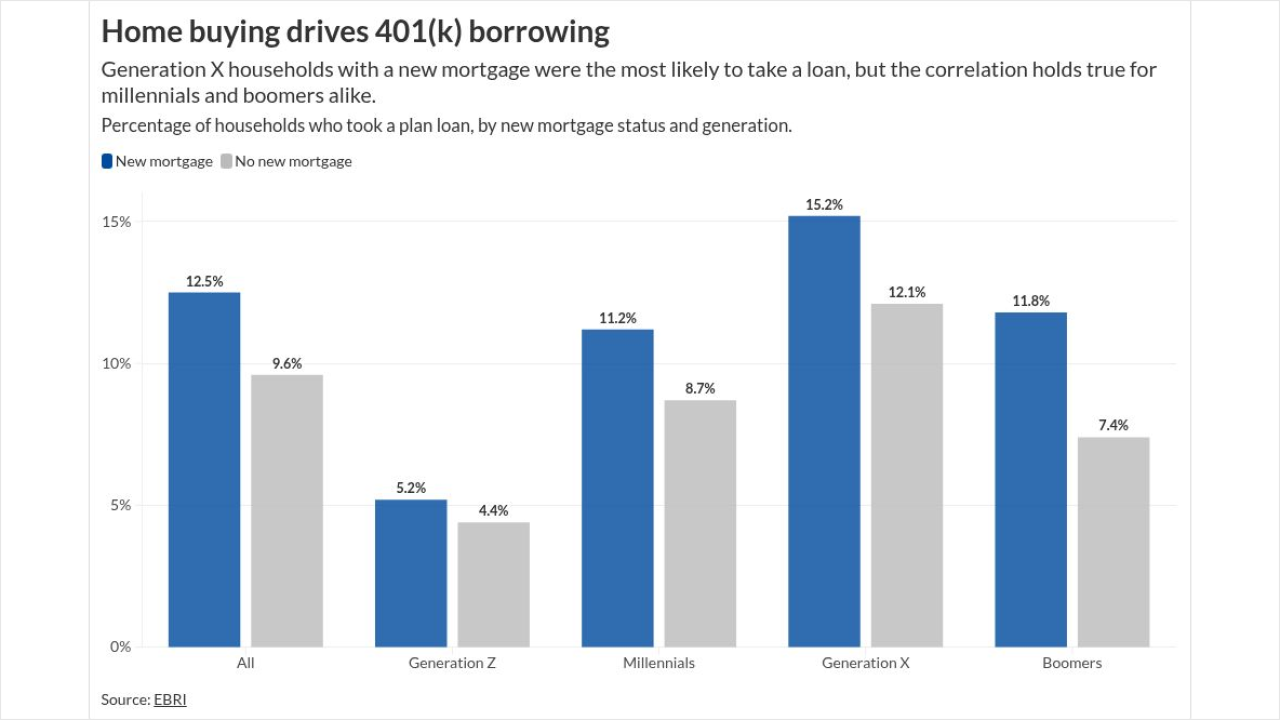The surprisingly weak
"The 'controversy' stems from the fact that the official unemployment rate, which has always excluded those who have dropped out of the labor force (they've given up on finding a job, gone on disability, etc.), would be much higher if it included them,"
For one, the "millennial" generation (ages 25 to 34), continues to experience high labor force participation at 81.9%. An analysis by the
Moreover, looking closely at the state of long-term unemployment in the U.S. reveals some interesting comparative trends. The research paper,
This is not to say that long-term unemployment in the U.S. after the financial crisis was not a problem for both those afflicted and the wider economy. As the paper notes, the duration of unemployment in the U.S. was unusual, averaging 30 weeks or more. But there were specific reasons why, which should not spell doom for the U.S. going forward. In essence, the crisis decreased the size of certain industries and workers had to move to completely new sectors rather than just wait for their own industry to rebound. As the authors write, "Permanent shocks motivate reallocation of labor across industries…and such reallocation is going to take time." If the past is any guide, the U.S. is uniquely adept at developing new industries and finding new sources for employment.
Figuring out the most efficient way to channel the long-term unemployed (or underemployed) into industries that need them remains a policy challenge. But the disappointing recent employment news shouldn't distract investors and planners from the long-term fact that the U.S. labor market still exhibits unusual flexibility and mobility—certainly when compared to Europe. This should make the U.S. uniquely well positioned to solve its unemployment problem.





